By Genesis Eve Garcia
Director Shelby Noelle Gist assembles five classical scenes from William Shakespeare and Lope de Vega, and presents each scene in a new way, in order to illuminate new ways of experiencing familiar themes and bring home the universality of these timeless stories in An Other Theater’s production of The Sin of Self Love.
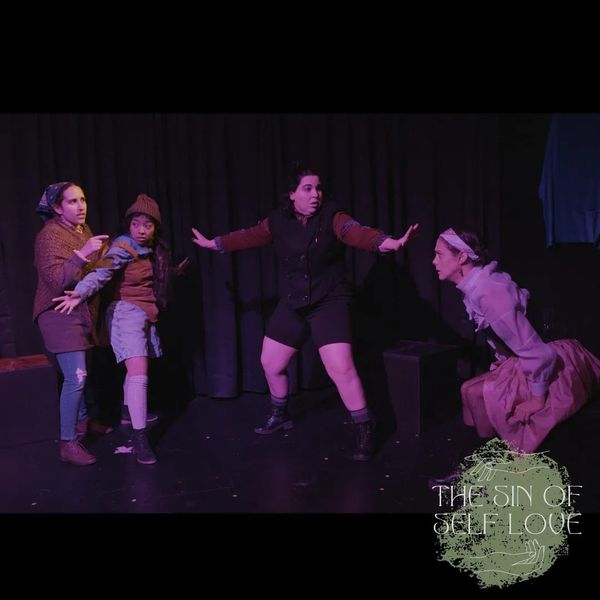
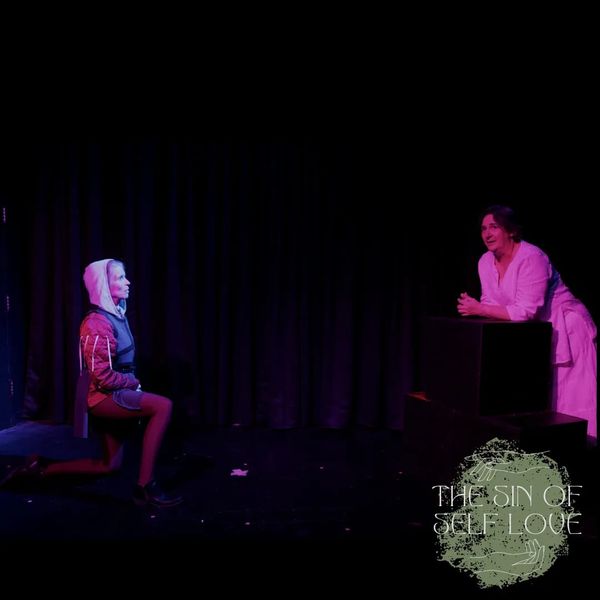
When I entered the space, I was delighted to see just 25 seats set up in front of a tiny playing space. The set is basically three blocks. The sound design, by Artistic Director Liz Whittaker, is whimsical; the lighting, by Savannah Harmon is aware and subtly adds to the story through use of color to compliment the choices made within the scenes. The most intriguing design element was the costume designs by Chris Lancaster, with assistance by Chloe Monson, and Pan Lynn Arcadia. In the program, you can see the delightful juxtaposition of classical design lines, paired with modern materials. I especially enjoyed Orsino’s (played by Bailey King) terry cloth suit, which denoted his choice to stay in and lounge about, sending others to woo for him. In contrast, Viola’s (played by Riki Squire) torn jeans alludes to the disastrous shipwreck they experience at the beginning of the play.
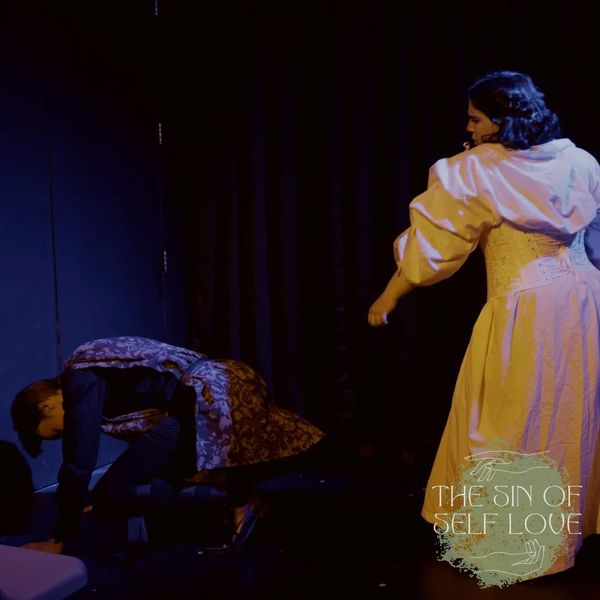
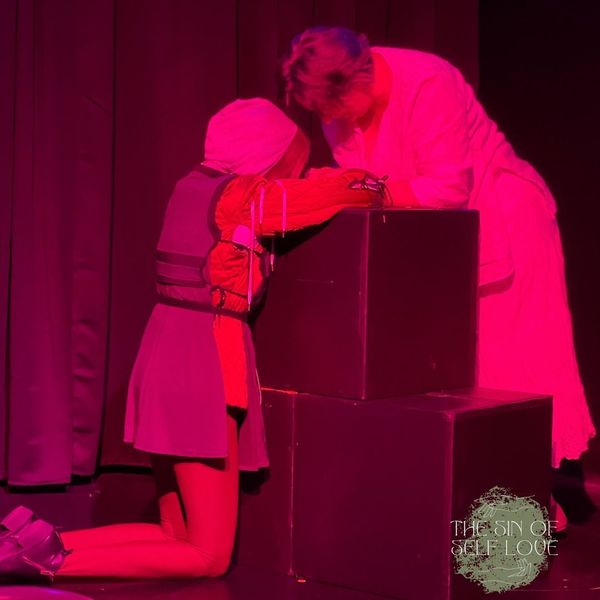
The performance takes classic scenes and casts them in ways that allow us to see that love and passion can be experienced just as well in all the complicated incarnations of love we enjoy today. It opens with Hamlet and Ophelia, played by Jack Cobabe and Kalie Filanda, moving to a song “Ophelia” by The Lumineers, artfully embodying their complicated courtship. I love good movement (choreographer Taralee Carlson), and these were moments I loved.
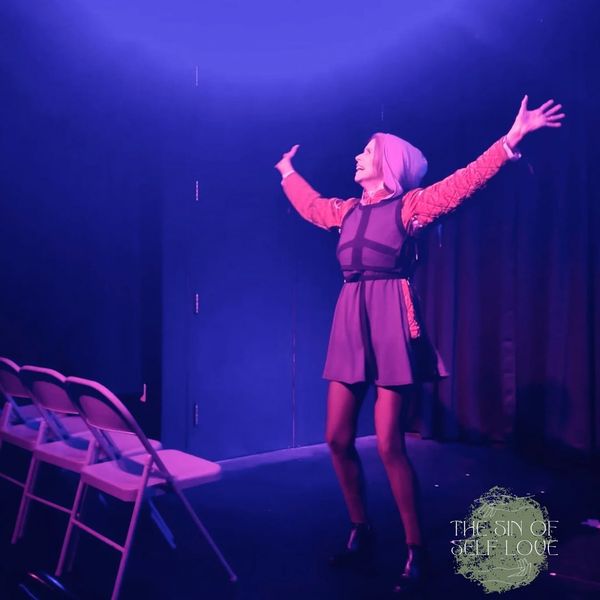
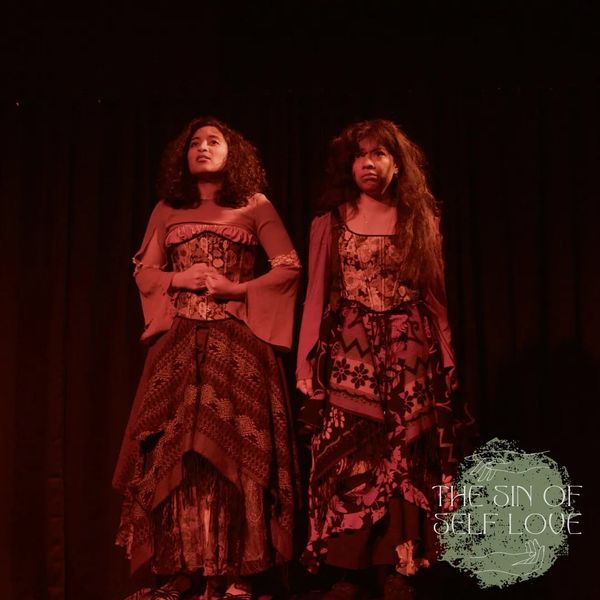
The next scene was from Twelfth Night. Riki Squire and Bailey King play Viola and Orsino. In the story, Viola dresses as a man and works for Orsino, helping him to seduce Olivia, all the while falling madly in love with him herself. Usually the sexual tension in this scene is a bit awkward, as it is clear that Orsino is falling for his young servant, who he believes is a man, but we all know Viola is a woman, so it’s new and different but the theme of love transcends gender identity. In this performance, there is a meta-theatrical moment where it is clear to all of us watching that Viola is played by a beautiful man, and the love between the two characters is palpable and honest. We are giddy for both of them as Orsino allows his fingers to rest on Viola’s fingers. I watched King and Squire play in a production of Icarus, produced by Klouns Theatre Company, and I fell in love with both performers while watching that show. Both actors use their whole body to fill every moment on the stage. I especially loved the way Squire can land a moment with his delightful smile.
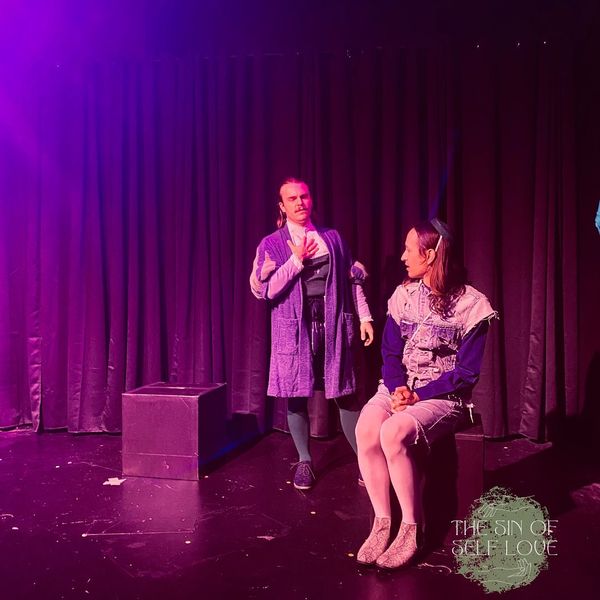
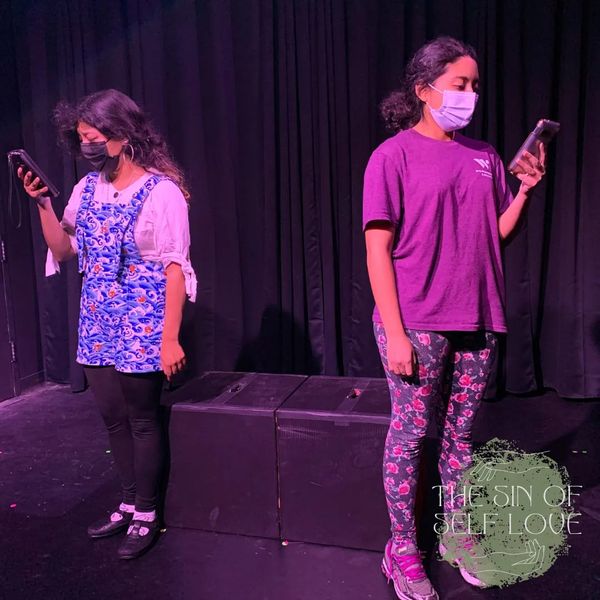
I was looking forward to the scene from Fuenteovejunas by Lope de Vega because I’ve had the wonderful opportunity to work with both Samantha Paredes and Estephany Castañon Pasillas onstage, and they are both incredibly talented actors. Both women play the same woman, Laurencia, crying out in Spanish and English, compounding our understanding of her pain, as we hear the beauty of the Spanish words, while coming to better understand her anger in English. I am sure if I spoke both languages, it would have been that much better for me. Both actors have clear command of both languages, and the physicalization of the words. While both women are smaller, they fill the whole stage with emotion and strength. It was a powerful experience for all of us in the room.
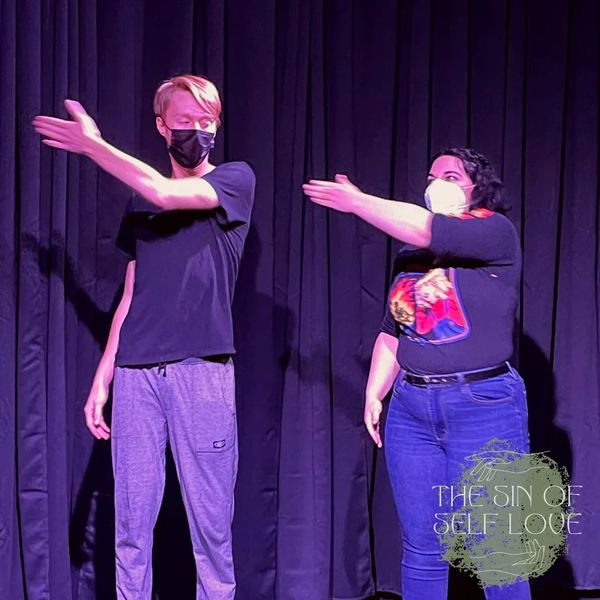
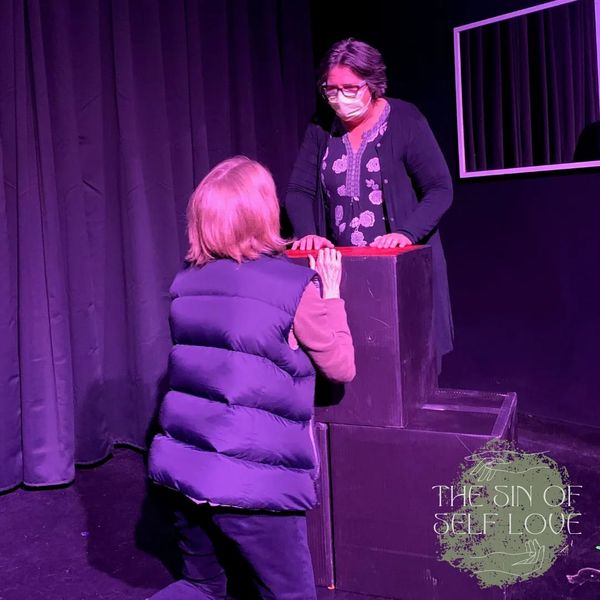
Perhaps my favorite scene of the night was from Romeo and Juliet. Romeo is played by Kim Abunuwara and Juliet is played by Sara Shibbobotham. Despite the fact that these two women are in their 50s, according to the program notes, the giddiness of young love permeates the scene. I giggled throughout the whole thing. It was so much more delightful than watching teenagers fall in love. Age lends us gravity. I always tell young actors that if they have to play older, move less. It seems simple enough. These two actors had the gravity of age, but love lifted them up, creating a tender energy where we saw two women smart enough to know what they were doing, choosing to love. Every moment is both grounded and magical. It was delightful.

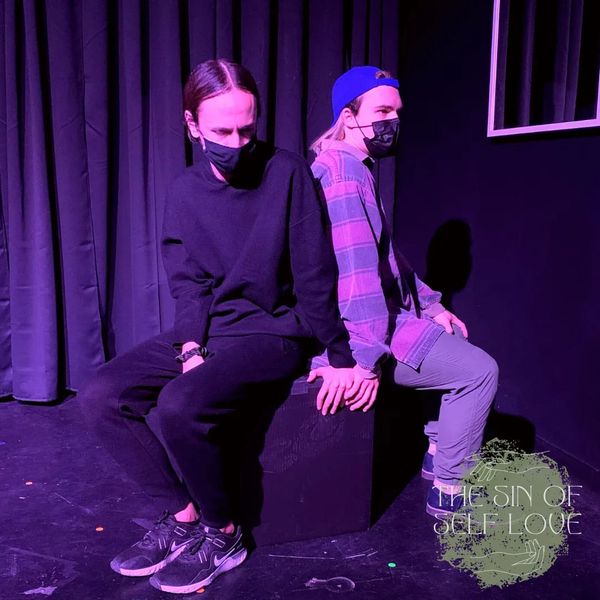
The performance closed with a scene from A Midsummer Night’s Dream, where we see Helena, Hermia, Demetrius, and Lysander are all played by women in a joyful sapphic romp through the woods. Actors Kelly Wasser, Chelsea Hickman, Samantha Paredes, and Estephany Castañon Pasillas were so much fun to watch, as their characters navigate the love spell that Puck places on Lysander and Demetrius, which causes both women to fall in love with Helena, leaving Hermia ignored. I laughed out loud at some moments.
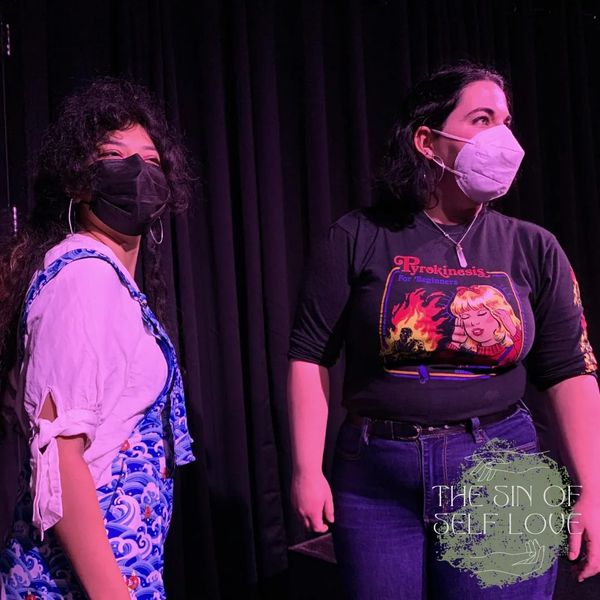
By casting men and women in different roles, and presenting these familiar scenes in new ways, I found myself drawn closer to my lesbian, bisexual, and gay friends. While the casting was a big part of the production, more than making audiences really ponder on men playing women, or vice versa, I found myself completely unconcerned with gender and sexual orientation, and just caught up in the universal theme of love. Realizing how these words of love work just as well when spoken by women in their 50s as when teenagers recite them, helped me learn how infatuation doesn’t end at a certain age. I came home eager to share words of love with my own old man. This piece was brave and filled with heart. I left feeling lighter and blessed by the time spent out at the theater.

The Sin of Self Love is directed by Shelby Noelle Gist, with assistant director Ellie Otis. It plays this Thursday at 7:00 PM, Friday at 7:00 PM and 9:00 PM, and Saturday at 7:00 PM and 9:00 PM. (Nov 17-19) Visit anothertheater.org/purchase-tickets to get your tickets ahead of time, since seating is limited. Tickets are $16 for adults, and $14 for students. The play takes place in an intriguingly small space, The Box, located just south of the IMAX Movie Theater at The Gateway in downtown. You can easily find parking in the Gateway parking lot, or take the Trax, and get off at the Planetarium stop. The address is 124 S 400 W, Salt Lake City, UT.


0 Comments